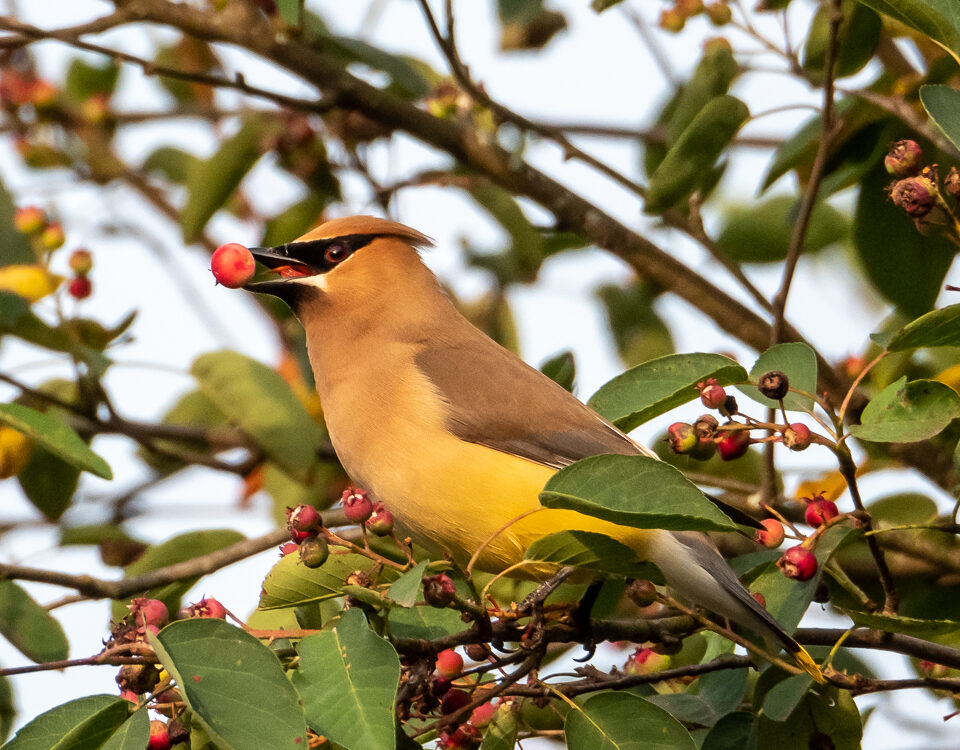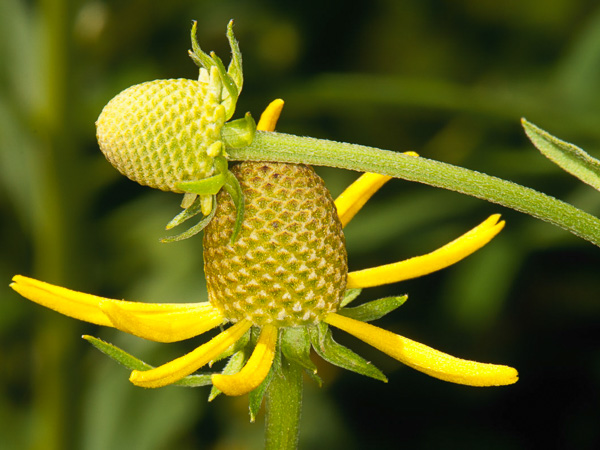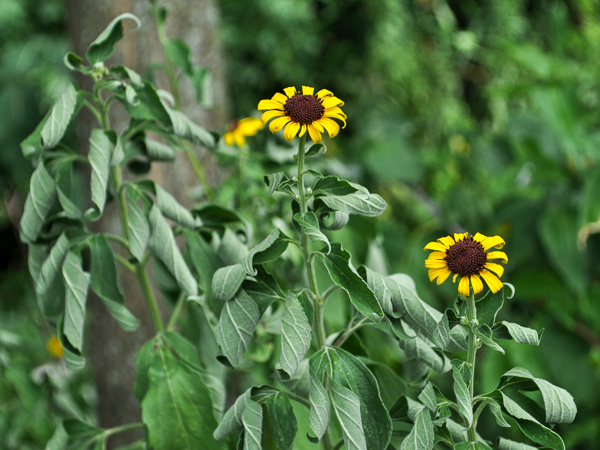
Weeds, Seedlings and Plant ID
May 18, 2012
Embracing Change and an Unusual Groundcover
June 6, 2012Intro to Meadows, Seed Banks and Plant Surprises
OK, an up-front confession – I’m a meadow-a-holic. I’m one of those people squarely in the camp of “there’s too much mown turf grass lawn and not nearly enough natural meadow”. I have a nice meadow that’s a little over 2 acres and I’ll be posting about it quite a bit. There is SO much to write about regarding meadows and I’m tempted to go about it in an orderly fashion, but… I won’t. So without further ado and at the risk of coming into the “middle of the story”…
One of the more interesting debates regarding creating meadows has to do with the soil’s “seedbank”. One school of thought is that once a meadow is seeded, those seeds introduced along with the seeds already in the soil will become the “Initial Soil Seedbank” that defines that meadow as it matures. The other line of thinking allows for major changes to be made to a meadow composition after the initial seeding – mainly by means of additional seeding. It’s sort of a “nature versus nurture” debate translated to the plant community arena. I was thinking of this debate recently because of a nice little surprise that “popped up” in my meadow a few weeks ago. More than 12 years after I seeded this meadow, the very first Shooting Star appeared. Truly a lovely little plant with spectacular little flowers! OK, I’ll admit that one rather small plant in the scheme of a 2+ acre meadow is a pretty small addition, but it showing up now is what is really interesting and a window into the aforementioned debate.
Amethyst Shooting Star (Dodecatheon amythestinum) was one of many plant species that I included in my initial meadow seeding. It was one of the “no-shows” as well (or so it had been until this year). There is no doubt in my mind that this plant came from this initial source; it’s just way too unusual here for it to have arrived via any other means. I’m guessing the plant has been growing for at least a year or more without flowering and without my knowledge of its existence; however, it seems unlikely to me that it has been there for more than a few years. It’s pretty clear that the seed sat in the soil for quite a few years before conditions were
JUST RIGHT for it to germinate. (Compare this to the seed life predications on your vegetable seed packets – 2 or 3 years is the usual guidance).
This is not the first plant to appear in my meadow after many years of it being started. White Wild Indigo (Baptisia alba), Culver’s Root (Veronicastrum virginicum), and Spiderwort (Tradescantia ohioensis) are perhaps the most memorable. Seeing each of these species show up many years after being sown as seed was a real thrill, surprise and treat. It’s just one of the many joys of having a meadow amongst many. As far as the Initial Soil Seedbank debate goes, this event certainly weighs in on the side favoring the theory. I think that it also says something positive about the whole natural landscaping concept of allowing for change. And certainly it goes to show how important it is to be able to identify plants as they come along. I’ll have to admit, that’s a whole lot of navel-gazing weight for one little plant to bear – but it is so amazing looking that I think maybe it can take it!





